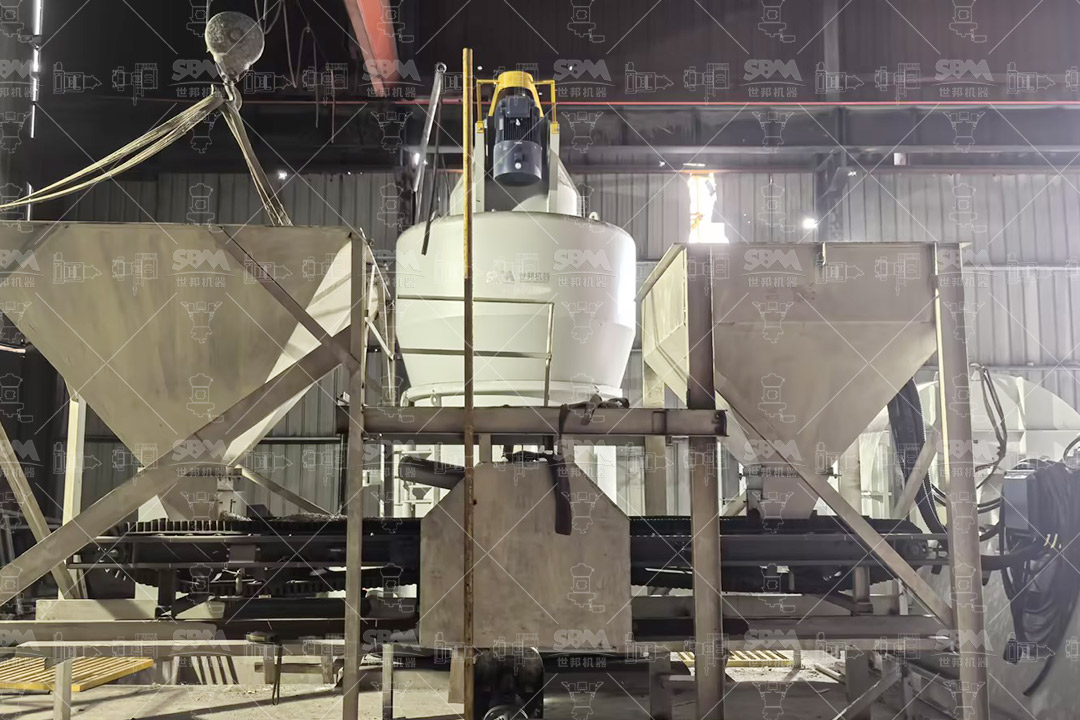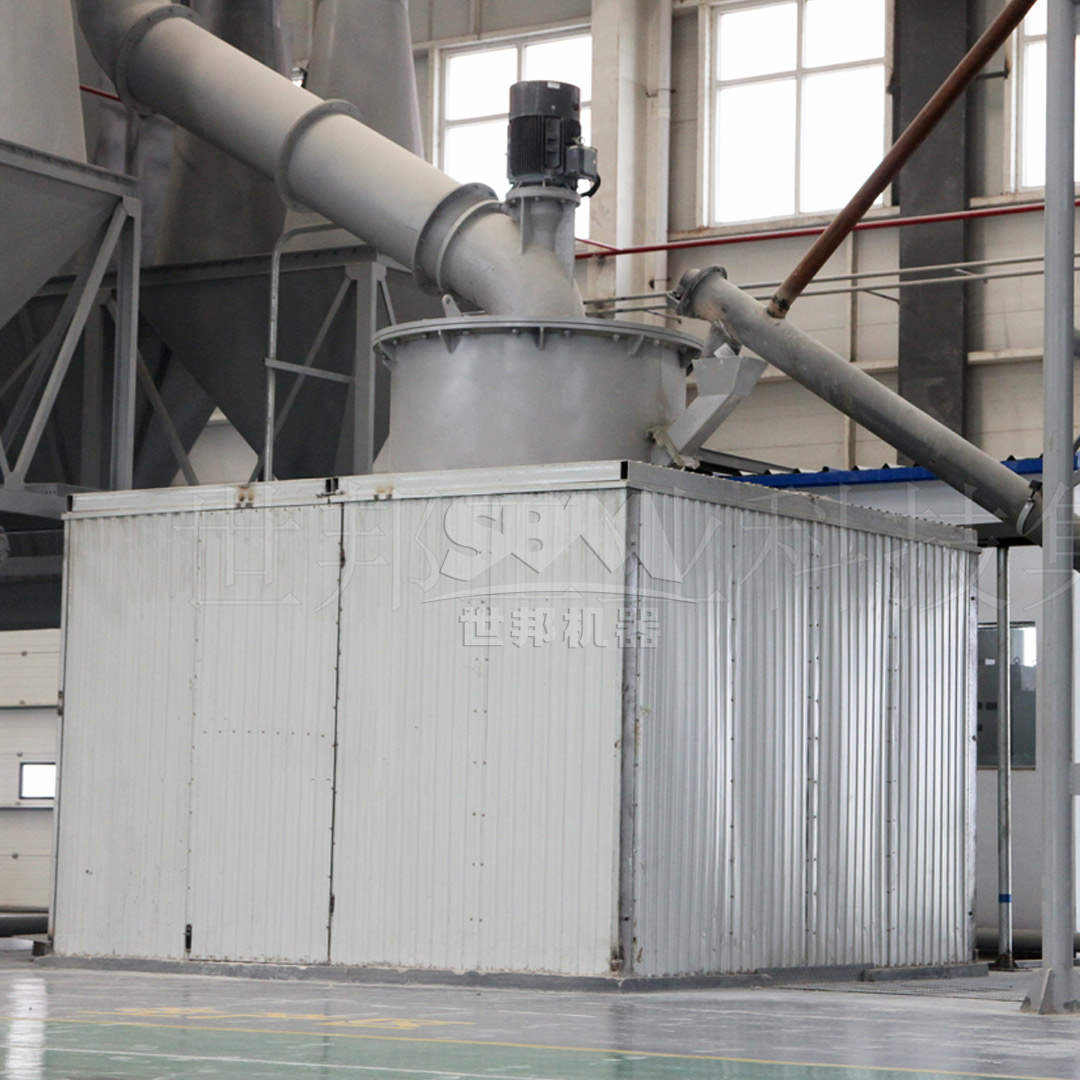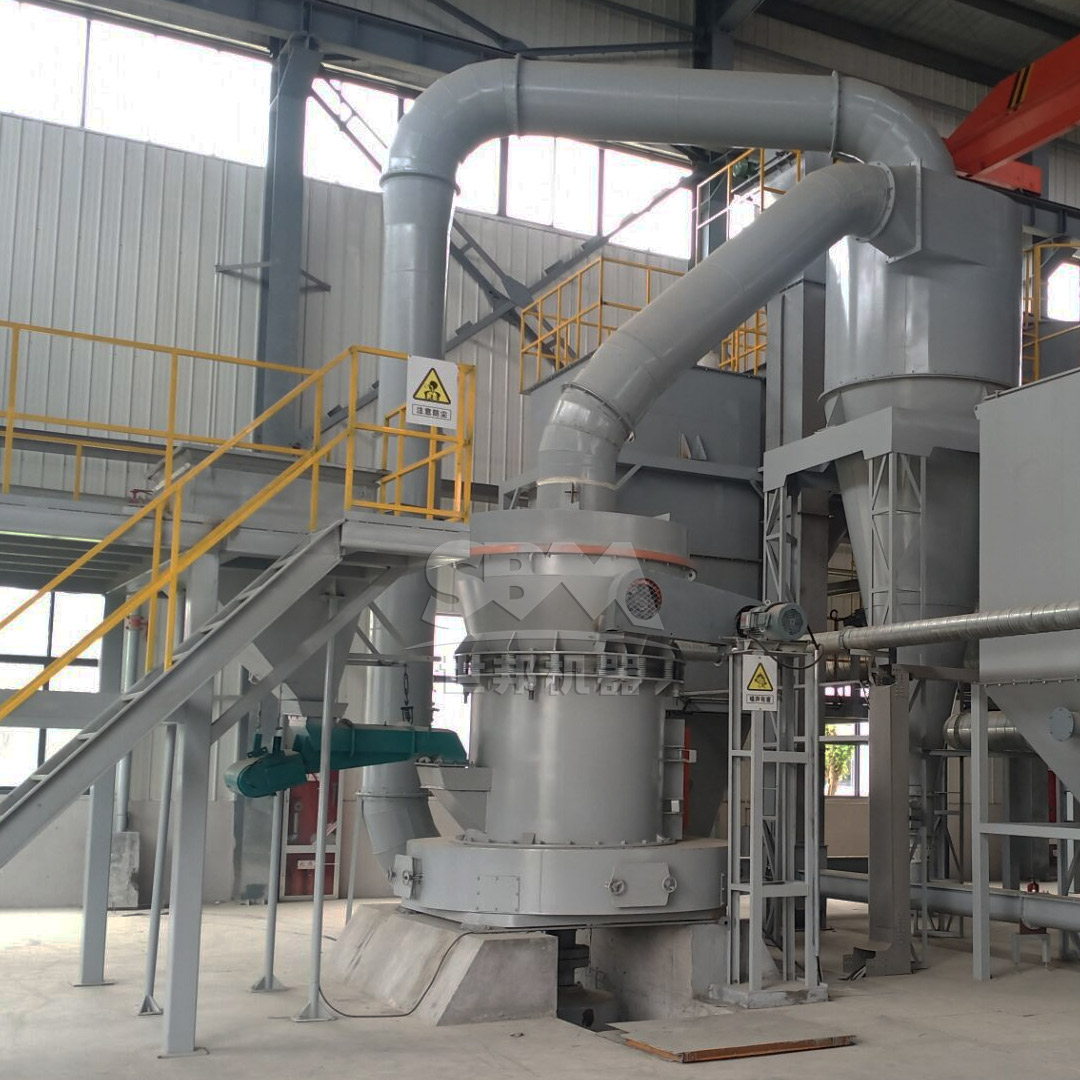Dolomite powder plays a crucial role in ceramic glaze production, serving as both a flux and a matting agent that significantly impacts the final product’s quality, texture, and appearance. The selection of an appropriate grinding machine for dolomite processing directly influences production efficiency, energy consumption, and ultimately, the profitability of ceramic manufacturing operations. This comprehensive guide explores the key considerations for choosing the optimal dolomite powder making machine specifically tailored for ceramic glaze applications.
Dolomite (CaMg(CO3)2) serves multiple functions in ceramic glazes. As a secondary flux, it promotes vitrification at moderate temperatures while contributing to glaze hardness and durability. The magnesium content in dolomite helps prevent crazing and improves glaze fit to the ceramic body. For optimal performance in glaze formulations, dolomite powder must meet specific criteria:
Ceramic glazes require precise particle size control to ensure uniform melting and surface quality. Generally, dolomite for glaze applications should be ground to fineness between 200-400 mesh (74-37μm), with some specialized applications requiring ultra-fine powders up to 1250 mesh (10μm). The particle size distribution directly affects glaze suspension stability, application properties, and final surface texture.
Impurities in dolomite, particularly iron compounds, can cause discoloration in transparent or light-colored glazes. The ideal dolomite for high-quality ceramic glazes should contain less than 0.3% Fe2O3 to prevent unwanted yellow or brown tints in the finished product.
Batch-to-batch consistency in particle size and chemical composition is essential for maintaining stable glaze formulations and predictable firing results. The grinding equipment must produce uniform powder with minimal variation between production runs.
| Application Type | Recommended Fineness | Special Requirements |
|---|---|---|
| Transparent Glazes | 325-400 mesh | High whiteness, low iron content |
| Opaque Glazes | 200-325 mesh | Consistent particle distribution |
| Special Effect Glazes | 800-1250 mesh | Ultra-fine, controlled morphology |

The appropriate machine size depends on your production volume requirements. Small ceramic studios may only need equipment with 0.5-2 ton/hour capacity, while industrial-scale manufacturers might require systems capable of processing 10-25 tons per hour or more. Consider both current needs and future expansion when selecting machine capacity.
Different ceramic glaze types require specific particle sizes. Standard glazes typically use 200-325 mesh dolomite, while high-quality or specialized applications may need ultra-fine powders reaching 800-2500 mesh. The grinding equipment must reliably achieve and maintain the target fineness with narrow particle distribution.
Grinding operations account for a significant portion of energy consumption in ceramic production. Modern grinding technologies can reduce energy usage by 30-50% compared to conventional systems, substantially lowering operational costs over the equipment lifespan.
Consider the total cost of ownership, including wear part replacement frequency, maintenance requirements, operational labor, and energy consumption. Equipment with higher initial cost but lower operating expenses often provides better long-term value.
Production facility layout constraints may influence equipment selection. Some grinding systems offer compact, integrated designs that minimize footprint, while others require more space for auxiliary equipment and maintenance access.
For applications requiring very fine dolomite powder (325-2500 mesh), ultra-fine grinding mills offer precise control over particle size distribution. These systems typically employ advanced classification technology to ensure consistent product quality.
Our SCM Ultrafine Mill represents an excellent solution for high-quality dolomite powder production for ceramic glazes. With output fineness ranging from 325-2500 mesh (D97≤5μm), this machine delivers the precise particle control essential for premium glaze applications. The vertical turbine classification system ensures uniform particle distribution without coarse powder contamination, while the intelligent control system automatically maintains target fineness. For ceramic producers requiring consistent, high-purity dolomite powder, the SCM series offers energy efficiency 30% better than conventional systems with capacity reaching 25 ton/hour for larger models.

Vertical roller mills provide efficient grinding for medium to high capacity requirements, offering advantages in energy consumption and system integration. These systems combine grinding, drying, and classification in a single unit, reducing the need for multiple pieces of equipment.
Our LM Series Vertical Roller Mill offers an integrated solution for dolomite processing with output fineness from 30-325 mesh (special models to 600 mesh). The集约化设计 reduces footprint by 50% compared to traditional systems, while the non-contact grinding roller and table design extends wear part life up to three times. For ceramic manufacturers with space constraints or those seeking to minimize installation costs, the LM series provides露天安装capability with基建成本降低40%. The intelligent control system supports remote operation and real-time monitoring, reducing operational labor requirements.
MTW Series Trapezium Mills provide robust performance for standard fineness requirements with high capacity and reliability. These machines feature advanced mechanical designs that reduce maintenance frequency and operational costs.
Traditional ball mills remain a viable option for some applications, particularly where initial investment cost is a primary concern. However, they generally exhibit higher energy consumption and less precise particle size control compared to modern grinding technologies.
| Machine Type | Optimal Fineness Range | Capacity Range | Energy Efficiency | Best For |
|---|---|---|---|---|
| Ultra-fine Mill | 325-2500 mesh | 0.5-25 t/h | High | Premium glazes, special effects |
| Vertical Roller Mill | 30-600 mesh | 3-250 t/h | Very High | Large volume production |
| Trapezium Mill | 30-325 mesh | 3-45 t/h | High | Standard glaze applications |
| Ball Mill | 170-400 mesh | 0.65-450 t/h | Medium | Budget-conscious operations |
Ceramic glazes are particularly sensitive to metallic contamination, which can cause discoloration and defects. Grinding equipment for dolomite must minimize iron introduction through wear parts. Look for systems with ceramic-lined grinding chambers or specialized alloy components that resist wear and prevent contamination.
Excessive heat during grinding can alter dolomite properties and affect glaze performance. Modern grinding systems incorporate efficient cooling mechanisms to maintain optimal processing temperatures, preserving material characteristics.
Dolomite raw materials often contain moisture that must be managed during grinding. Some grinding systems integrate drying capabilities, allowing processing of materials with moisture content up to 15% without pre-drying steps.
Consider how the grinding system will integrate with existing material handling, storage, and batching operations. Automated systems with PLC controls can provide seamless integration into modern ceramic production lines.

While advanced grinding systems may require higher initial investment, they typically offer significantly lower operating costs through reduced energy consumption, less frequent wear part replacement, and lower maintenance requirements. A thorough life-cycle cost analysis should guide selection decisions.
The right grinding equipment improves overall production efficiency by ensuring consistent raw material quality, reducing batch adjustments, and minimizing production delays due to equipment maintenance or performance issues.
Superior dolomite powder quality translates to better glaze performance, reduced defect rates, and higher-value finished products. These quality benefits should be factored into the economic evaluation of grinding equipment options.
A major ceramic tile manufacturer implemented our SCM800 Ultrafine Mill for dolomite processing with remarkable results. The system consistently produced 1250 mesh dolomite powder with D97 ≤ 5μm, enabling development of innovative matte glaze formulations with exceptional surface quality. Energy consumption decreased by 35% compared to their previous grinding system, while production capacity increased by 40% within the same footprint. The precise particle control reduced glaze defects by 28% and enabled use of lower firing temperatures, generating additional energy savings in kiln operations.
Emerging technologies incorporate IoT connectivity and AI optimization to continuously adjust grinding parameters for optimal performance based on raw material variations and production requirements.
Increasing focus on environmental performance drives development of grinding systems with lower carbon footprints, reduced noise emissions, and improved dust collection efficiency exceeding international standards.
New approaches combining multiple grinding principles in single systems offer enhanced flexibility to produce different product grades from the same equipment, adapting to changing market demands.
Selecting the right dolomite powder making machine for ceramic glaze production requires careful consideration of technical requirements, economic factors, and operational constraints. The SCM Ultrafine Mill stands out for applications demanding ultra-fine powders with precise particle control, while the LM Vertical Roller Mill offers exceptional efficiency for high-volume production. By understanding your specific needs and evaluating available technologies against key performance criteria, you can identify the optimal solution that balances performance, cost, and operational efficiency to support successful ceramic manufacturing operations.
Consulting with experienced equipment suppliers and requesting material testing with your specific dolomite source can provide valuable insights to inform your final selection decision. The right investment in grinding technology will deliver returns through improved product quality, reduced operating costs, and enhanced production flexibility for years to come.